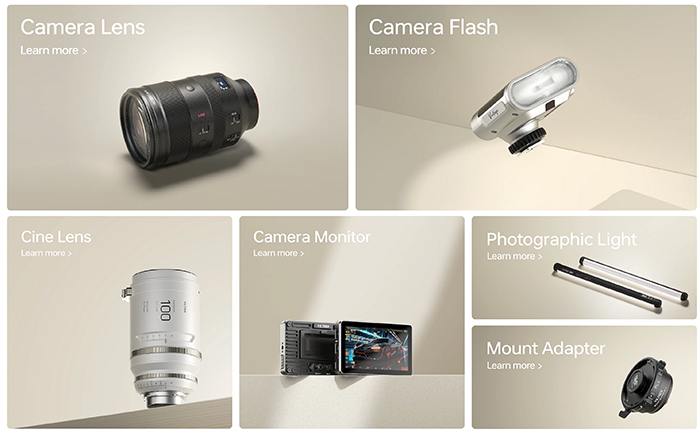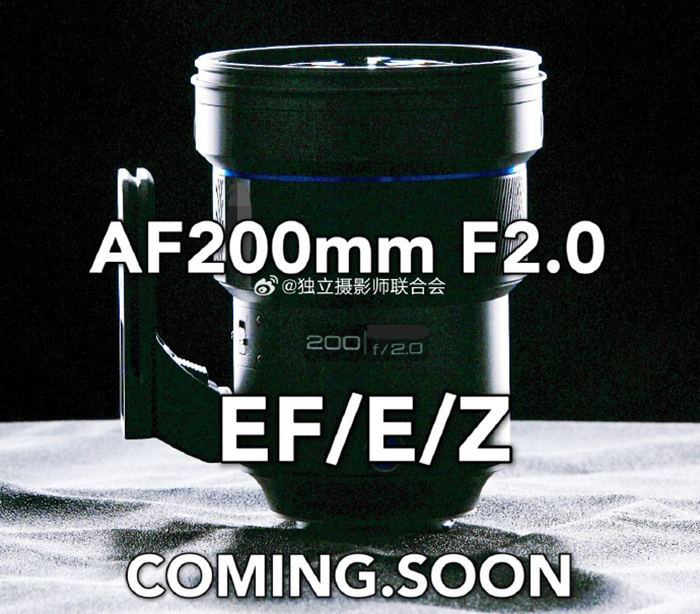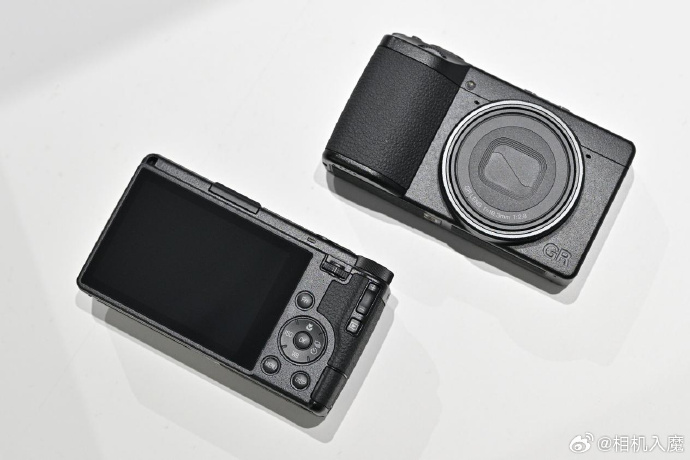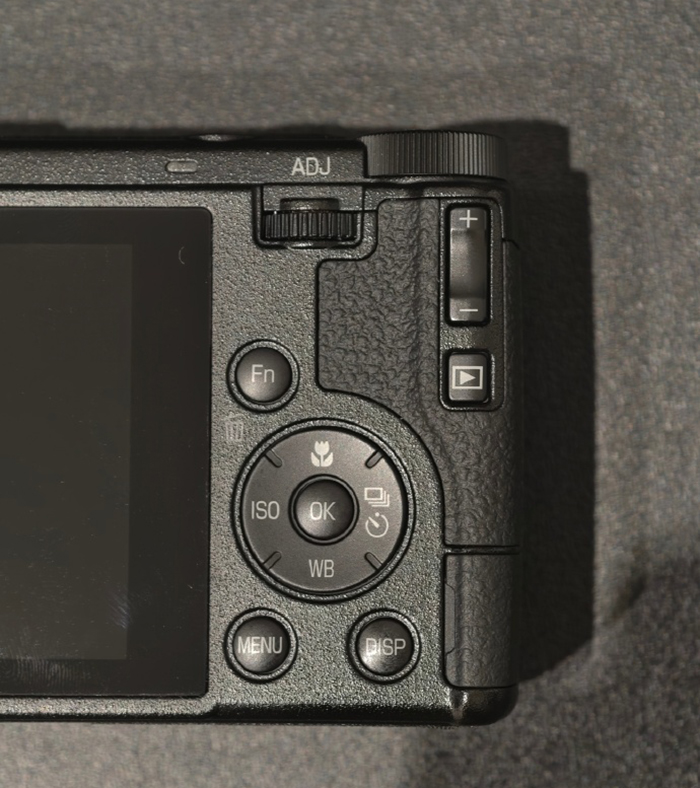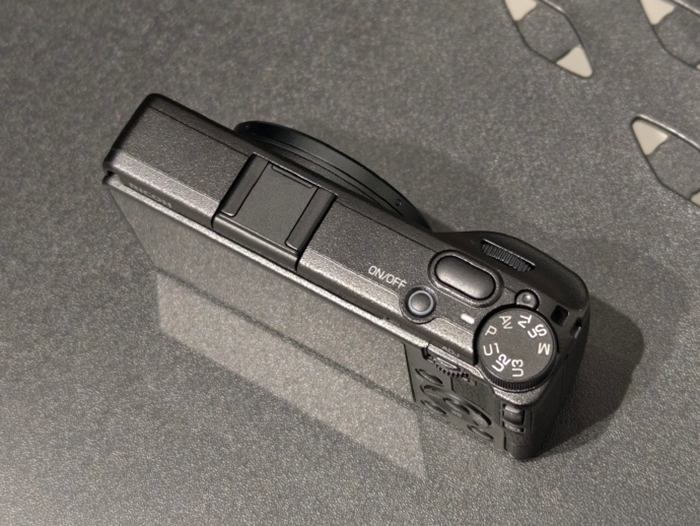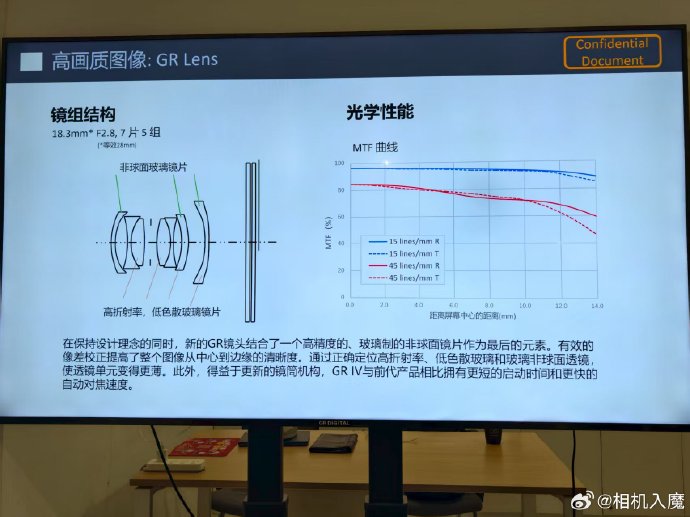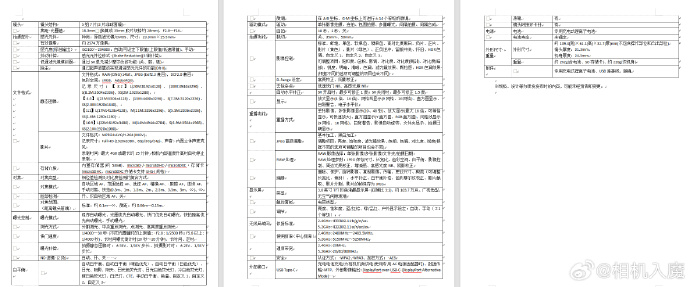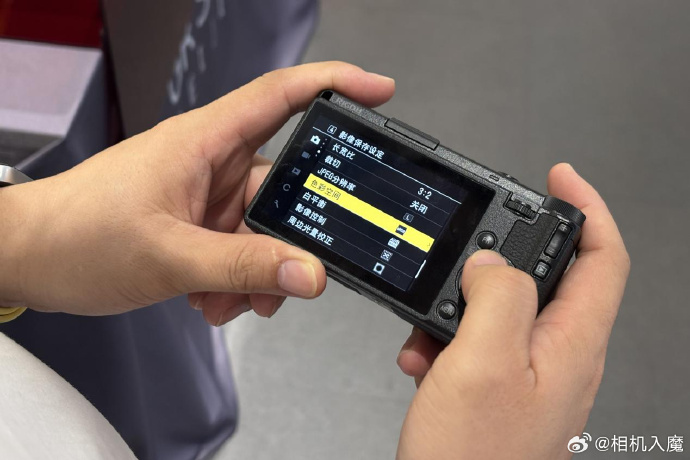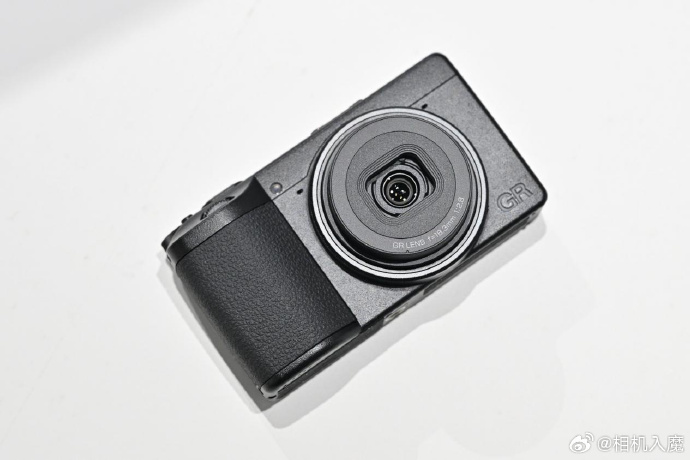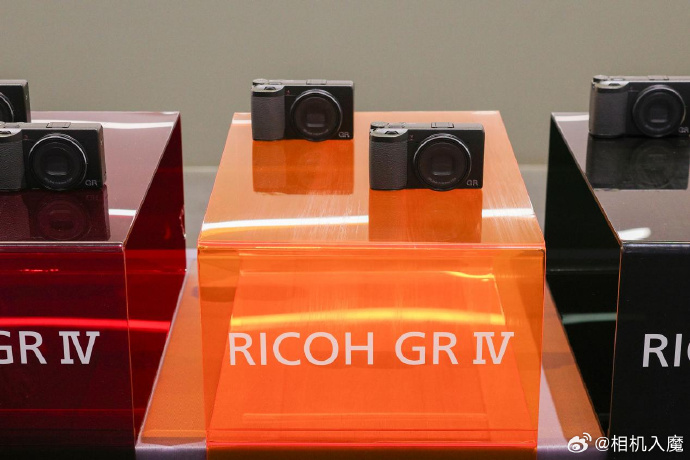Hasselblad’s new XCD 35-100mm f/2.8-4 medium format lens may be officially released on August 26th.

Along the new X2DII medium format camera with LiDAR sensor we are likely to get a new XCD 35-100mm f/2.8-4 lens! A source on Weibo reports:
Hasselblad’s new XCD 35-100mm F2.8-4 medium format lens may be officially released on August 26th. This zoom lens has a full-frame equivalent angle of view of approximately 28-80mm. No specific specifications have been released yet, but it is expected to be priced around 40,000 yuan, which is still uncertain. The new 100-megapixel X2D2 medium format camera will be released at the same time.
